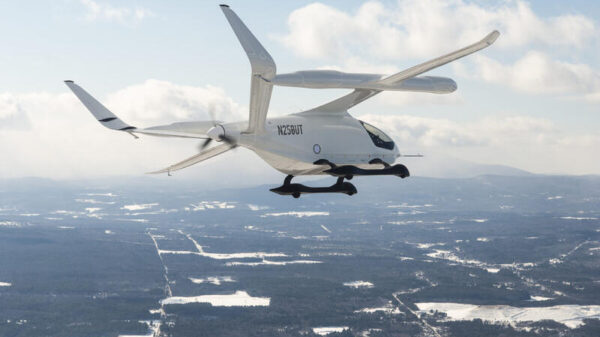NASA is on the brink of launching the Plankton, Aerosol, Cloud, ocean Ecosystem (PACE) mission, a nearly billion-dollar venture set to explore Earth’s oceans and atmosphere. Overcoming budgetary challenges and multiple cancellation attempts, PACE is scheduled for liftoff from Cape Canaveral, carried by a Falcon 9 rocket.
The core mission of PACE is to conduct a detailed study of Earth’s oceans, focusing on phytoplankton, clouds, and aerosols. This ambitious project aims to unravel the intricacies of ocean ecosystems and their interconnectedness with the broader Earth system and climate dynamics.
Key Aspects of PACE:
1. Cutting-Edge Instruments:
PACE is equipped with three advanced instruments, including the Ocean Color Instrument (OCI), Hyper Angular Research Polarimeter (HARP2), and Spectro-polarimeter for Planetary Exploration (SPEXone). OCI, the primary tool, will provide critical insights into ocean color across various wavelengths.
2. Phytoplankton Exploration:
PACE will devote special attention to the study of phytoplankton on the ocean surface, enabling scientists to distinguish among different phytoplankton species. This breakthrough promises to transform our understanding of ocean patterns by identifying harmful and beneficial phytoplankton.
3.Integrated Data Approach:
Scientists plan to combine PACE data with information from other Earth science missions, such as the Surface Water and Ocean Topography (SWOT) spacecraft. This synergistic approach aims to enhance our understanding of ocean movements and life forms within surface oceans.
4. Atmospheric Insights:
PACE’s scope extends beyond the ocean to monitor various aerosols in the atmosphere, including sea spray, smoke, and desert dust. This comprehensive analysis holds significance for air quality monitoring, understanding interactions between the atmosphere and ecosystems, and studying cloud formation.
5. Extended Mission Lifespan:
Despite being designed for a three-year mission, PACE is expected to surpass this timeframe, potentially operating for more than a decade. This prolonged mission duration will ensure continuous data collection, supporting ongoing research and future scientific inquiries.
Overcoming budget challenges and facing potential cancellation, PACE stands as a testament to its significance in advancing Earth science. The mission’s resilience highlights the scientific community’s acknowledgment of its potential impact and the valuable insights it promises to deliver.
As PACE prepares for launch, scientists eagerly anticipate the wealth of data it will generate, deepening our understanding of Earth’s dynamic ecosystems and climate processes. With a commitment to public data accessibility, PACE’s findings will contribute to the global scientific community’s knowledge repository. Stay tuned as PACE embarks on its mission to unravel the mysteries of Earth’s oceans and atmosphere.
















































